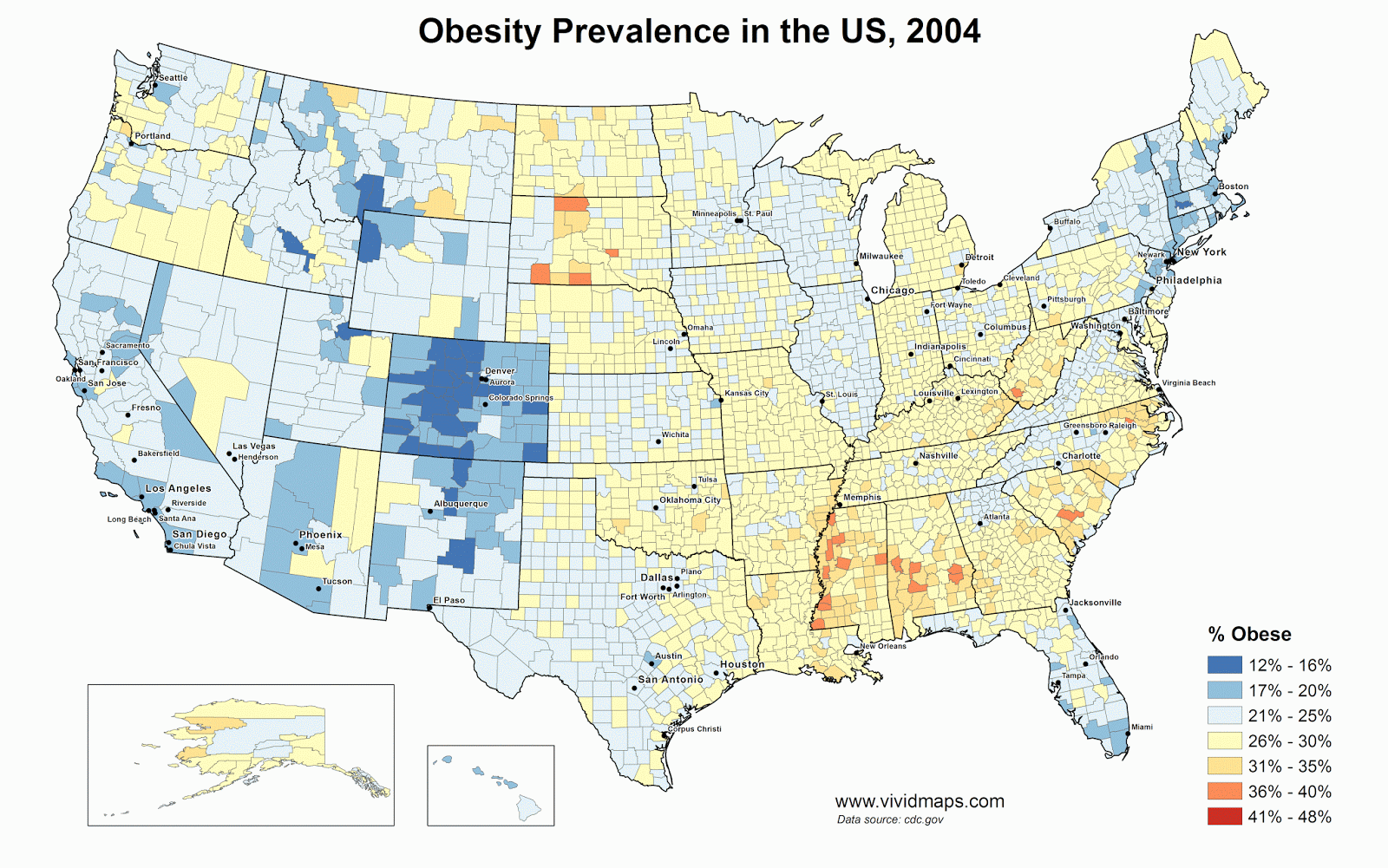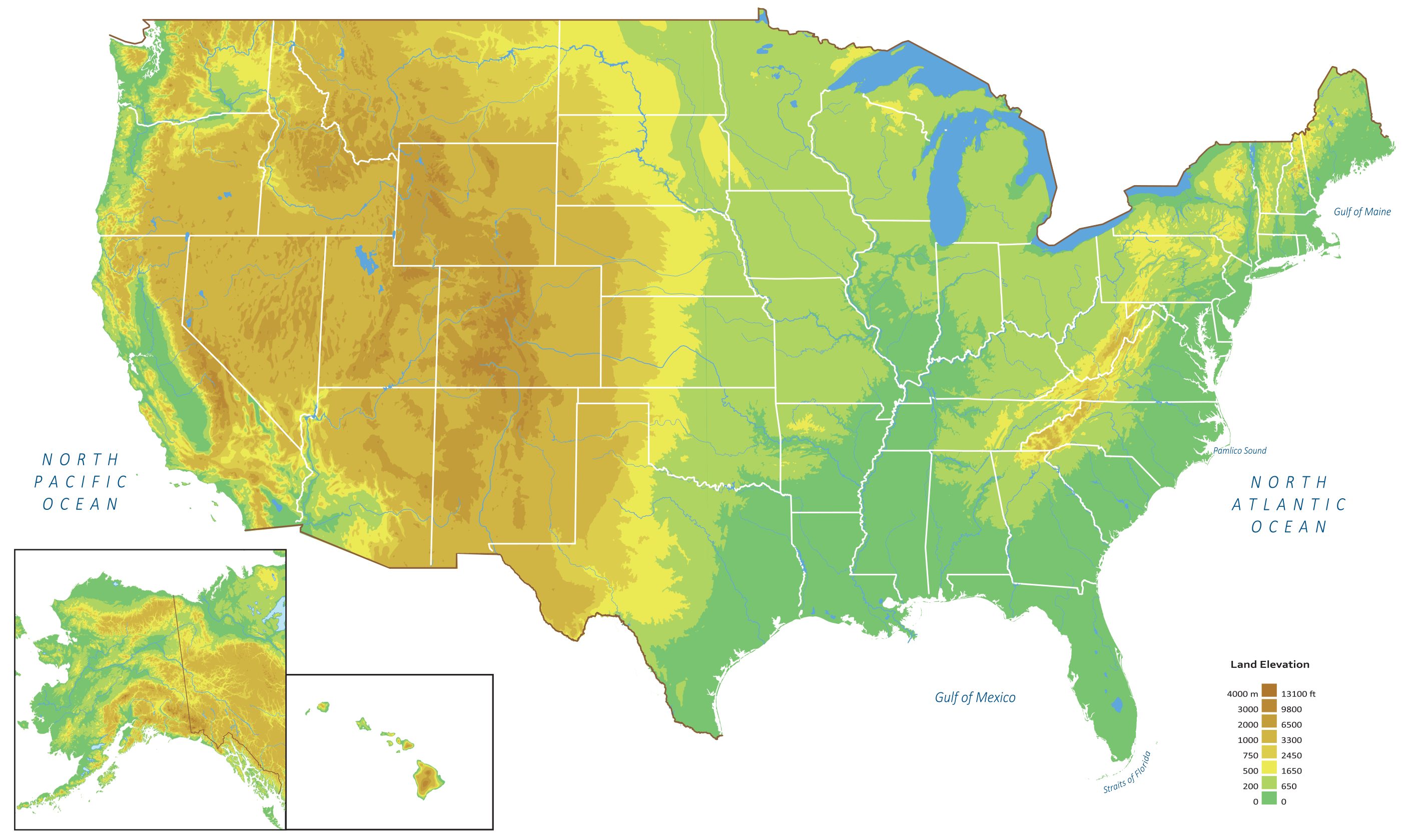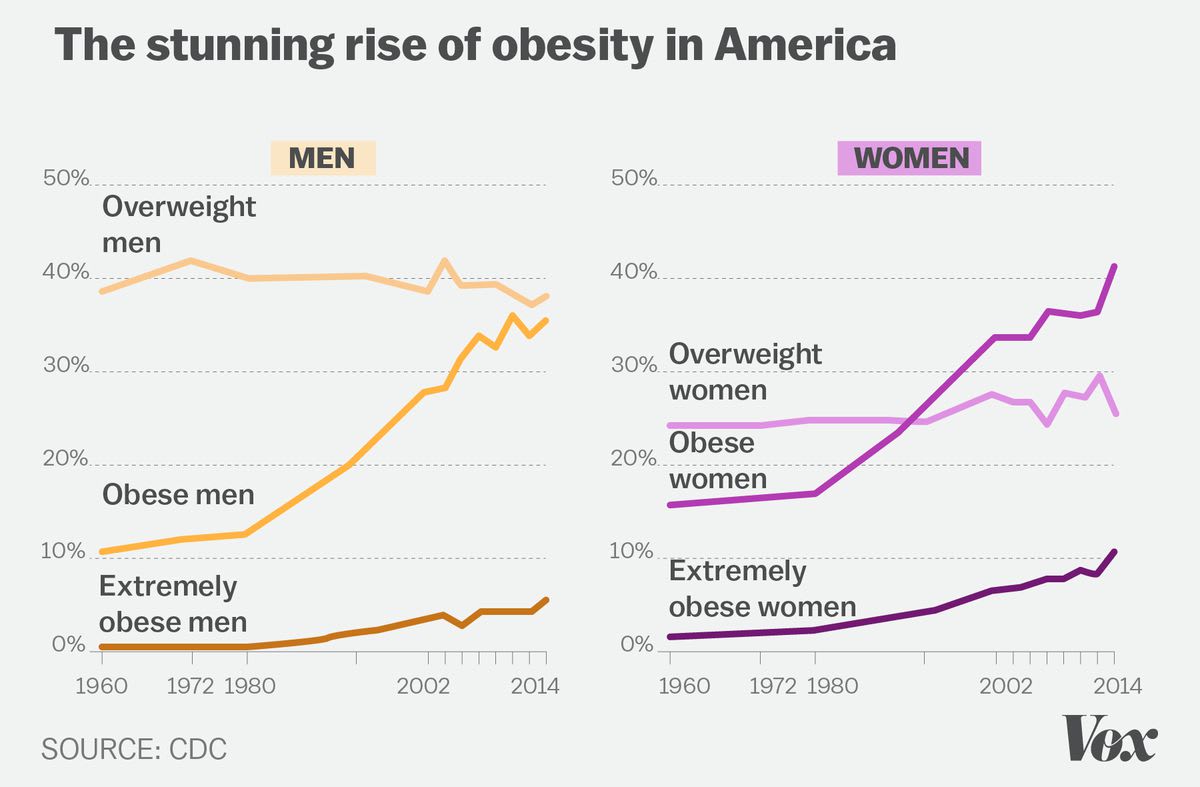Clarifying the palatability theory of obesity
15andavargas
5BDay
12Nicole Dieker
7Matthew Barnett
9Adele Lopez
14alyssavance
2Adele Lopez
1Randomized, Controlled
6Matthew Barnett
8Adele Lopez
4Adele Lopez
7Maxwell Peterson
3Matthew Barnett
5Cosmos
3tailcalled
1Julian_R
1Julian_R
3Vaniver
2BDay
New Comment
A theory that appeals to me although I am not an obesity researcher is the torpor/omega-ratio theory of obesity. It states that obesity results from an activation of hibernation metabolism (torpor) by an elevated ratio of omega-6 to omega-3 PUFAs in the diet. Humans do not hibernate but our mammalian ancestors did, and the theory is that those metabolic pathways are latent in our biochemistry.
The activation of hibernation metabolism and fat mass gain by high omega-6 to omega-3 ratios is documented in the literature for hibernating mammals, and the ratios of omega-6 to omega-3 PUFAs in Western diets have skyrocketed in the past several decades due to vegetable oils. I think I first heard of this theory from this blog. It could certainly be coupled with the Hyperpalatable Food Theory.
Some additional information on this:
- PUFA as a proportion of body fat rose from ~10% in 1950 to ~20% in 2010. At least one hunter gatherer population has PUFA levels of 4%. We introduced high PUFA oils into our diets in the early 1900's.
- Human body temperature has dropped 0.6C/1.0F over the last 150-200 years. It is not believed to be measurement error. Measurement of a hunter-gatherer tribe showed decreasing body temperatures over time as they became more connected with civilization. It has been theorized the increased intake/body proportion of PUFAs may be causing this.
- Reasonably good video on the topic:
There is a good case for completely avoiding seed/vegetable oils as they are a new and structurally unique food source we are unadapted to.
If anyone knows any way to get body fat PUFA proportions tested could you please let me know? I've cut seed oils from my diet for a few months now, but I'm interested in knowing how much effect it's having.
I agree, with a caveat. There's overeating in terms of food volume (bigger portions, eating past fullness, however you'd like to look at it), and there's "eating the same volume as you did before, except much of the food is more calorically dense."
As I commented on the Hyperpalatable Food Hypothesis post, you can actually compare recipes from then and now to see what's going on:
My Betty Crocker cookbook from 1969 (where I get most of my dessert recipes) has a brownie recipe that calls for 2 cups sugar, 4 oz chocolate, 2/3 cup butter; it's meant to bake in a 13x9 pan and yield 32 brownies.
The brownie recipe on Betty Crocker's website (that is, "today's brownie recipe") calls for 1 3/4 cups sugar, 5 oz chocolate, 2/3 cup butter, but is meant to bake in a 9x9 pan and yield 16 brownies.
At 201 grams of sugar per cup, you get 22 grams of sugar per brownie in today's recipe vs. 12.5 grams of sugar per brownie in the 1969 recipe.
Today's brownie recipe yields brownies that are 5 square inches and the 1969 recipe yields brownies that are 3.65 square inches, but even if you cut today's brownies to the size of yesterday's brownies you'd still get 16 grams of sugar per brownie.
Yes, excellent point. Guyenet claims we’re overeating calories. He doesn’t claim we’re necessarily overeating raw mass, and in fact talks about caloric density in the book a few times.
I'm still confused about the connection with altitude, under both this theory and the Lithium/contaminant theory. [ETA: in the comments below, I thought to check if altitude is known to affect palatability, and was surprised to find that it does make people's sense of taste less sensitive.]
If you look at a map of obesity rates in the US, it's clear that the most significant factors are time, ethnicity, and altitude - in that order (from here):



On the other hand, presence of Lithium mines doesn't seem relevant, which you would expect to matter even if the accumulation in groundwater was also significant (from here):

The only theory piece that seems reasonably solid to me is that it has to do with damage/malfunction of the set-point regulation mechanism in the VMN. There doesn't seem to be enough available evidence for anything more than that.
These maps don't adjust for socioeconomic status, which has a huge correlation with obesity and health in general. West Virginia, Kentucky, and the Black Belt of the South are some of the poorest areas, while Colorado is one of the richest and best-educated.
http://proximityone.com/graphics/mhi_stcty_17b.gif
https://www.washingtonpost.com/blogs/govbeat/files/2014/04/tumblr_n4jrdrOOC41rasnq9o1_1280.jpg
If the causality was:
obesity <- socioeconomic status -> altitude
then I would expect cities to stand out more (relative to altitude) on the obesity maps like they do on the maps you linked.
But I don't see that (there is a noticeable correlation, but it looks smaller than the altitude one to me), so I think it's more likely the causality is better approximated with a graph which has an arrow from altitude to obesity than not.
Wait, rather than some cuckoo idea that this is related to altitude or marginally less cuckoo lithium theory, what if it's about regional cuisine and eating habits?
I'm currently persuaded that it's probably some combination of hypoxia (as suggested here), demographics, and traditional cuisine being more common at higher altitudes. Maybe it's a little bit of groundwater contamination? I'd really want to see a post that actually thoroughly investigated each of these hypotheses, rather than just sort of pointing to a factor on a graph and saying "yep it's probably that".
Hypoxia seems by far the most plausible explanation of those ideas, there just don't seem to be significant enough demographic or cuisine differences by altitude in the US.
Though I just thought to check, and apparently increased air pressure does seem to negatively affect taste directly, which is some points for the hyperpalatability theory.
Under the lithium theory, the amount of lithium in water/food accumulates as water sources go downhill, thus explaining the altitude connection, so just an altitude connection is strictly less "cuckoo".
From the obesity map and my experiences living across the country, I would be surprised if regional cuisine/habits ends up mattering more than altitude, but might be worth testing more rigorously.
You quote Guyenet quoting a Brian Wansink study. Wansink studies probably shouldn't be taken as evidence for much, as he resigned in 2018 after a scientific misconduct investigation against him. I'm just sort of skimming this post and this one but apparently people found 150 mistakes across just 4 of his papers? And some of his published effect sizes are absurd, e.g. "You have a messy kitchen, a cluttered desk, you end up eating 44 percent more snacks than if the same kitchen is clear", and "[Women who have visible cereal boxes in their kitchen are] about 21 pounds heavier than the neighbor next door that doesn’t have any cereal visible at all.”
The quoted effect sizes sound waaay too big, so seeing them along with the misconduct investigation and resignation makes me feel like the Hershey's Kiss study of his (that Guyenet quotes) would not replicate.
That makes sense. I don't actually know whether Guyenet still believes in the convenience element of the theory, given what you said. He might have other evidence. But maybe a disclaimer is in order for that part of the post.
“we should be clear about what observations his theory strongly predicts, and rapid weight loss on unpalatable diets is just not one of them.”
It is worth noting that Guyenet sells a diet plan, which includes a bland food diet as a weight loss strategy, as well as exercise (which he has claimed is ineffective/unrelated to weight loss): https://www.humanos.me/programs/ideal-weight-program
It's also worth pointing out that Guyenet thinks this mechanism is not easy to reverse. When I was 15 years old, I decided to become a strict vegan, which lead me to eat food that was quite a bit less palatable compared to what I was used to. More than one year afterwards, however, I still had an intense craving for cheese; it was clear that my brain had not yet forgotten some of its old patterns of thinking about food.
Guyenet suspects that our brain's weight set point might never go down dramatically after living long enough in the modern world, even if we eventually stop eating palatable food altogether. If true, this would make his theory harder to test, and again, his theory would earn a penalty for being more unfalsifiable, but at the same time, we should be clear about what observations his theory strongly predicts, and rapid weight loss on unpalatable diets is just not one of them.
I feel like one should distinguish between "the cravings are hard to reverse on an unpalatable diet" with "the weight is hard to reverse on an unpalatable diet". At least in my experience, I ate less when I was on an unpalatable diet, so I think it works for weight loss. The continued cravings seem more mediated by an information-based thing to me, like essentially being the knowledge that much better food is available. Of course this is not easily reversible.
Guyenet suspects that our brain's weight set point might never go down dramatically after living long enough in the modern world, even if we eventually stop eating palatable food altogether. If true, this would make his theory harder to test, and again, his theory would earn a penalty for being more unfalsifiable, but at the same time, we should be clear about what observations his theory strongly predicts, and rapid weight loss on unpalatable diets is just not one of them.
I don't understand how CICO can coexist with the idea of a weight set point. If the mechanism of gaining weight is CICO via overeating because food is so palatable, then it seems natural than on unpalatable food you would eat less, and thus I would expect rapid weight loss on unpalatable diets as a prediction of the theory.
to clarify, I don't understand why positive CICO can increase your weight set point but negative CICO can't decrease it.
The story I have heard is that fat cells, when they grow too large (from more energy in than out), create new fat cells, and when they grow smaller (because more energy out than in), shrink and send signals that say "please feed me" instead of disappearing.
If true, then it seems reasonable that you could have the lipostat mostly work as a ratchet, where it's easier to grow accustomed to higher weights than lower weights.
[I think there's some evidence against this story--you would expect liposuction to be more effective if this was the primary mechanism--but I think it's more the case that lots of things are going on, and so nothing is only thing you have to think about.]
Not an explanation, but type 2 diabetes is an example of a system failing(/adapting) in one direction and then not being reversible.
Curated and popular this week
